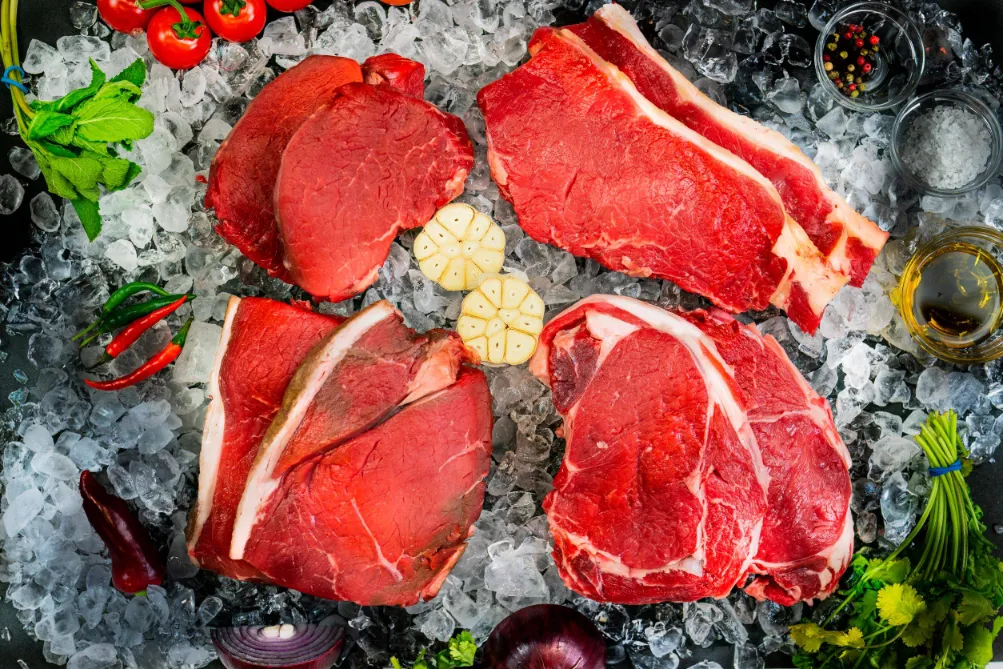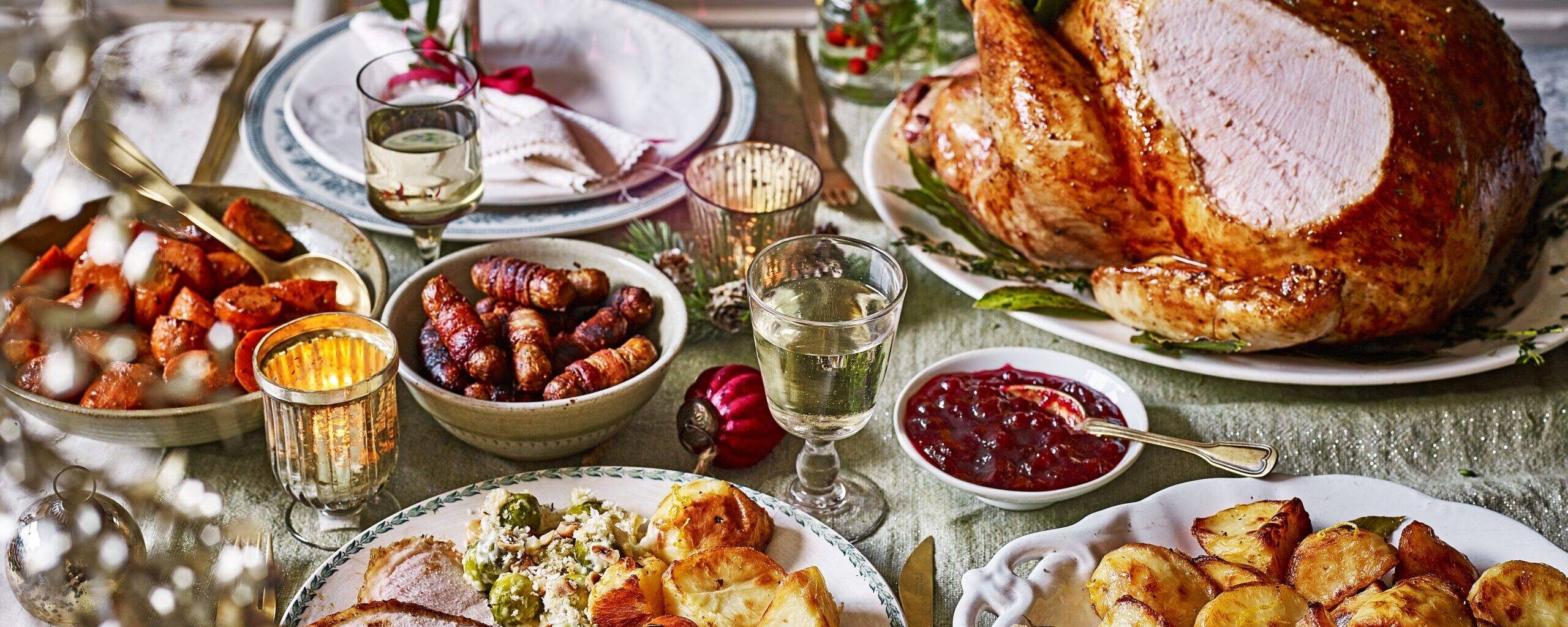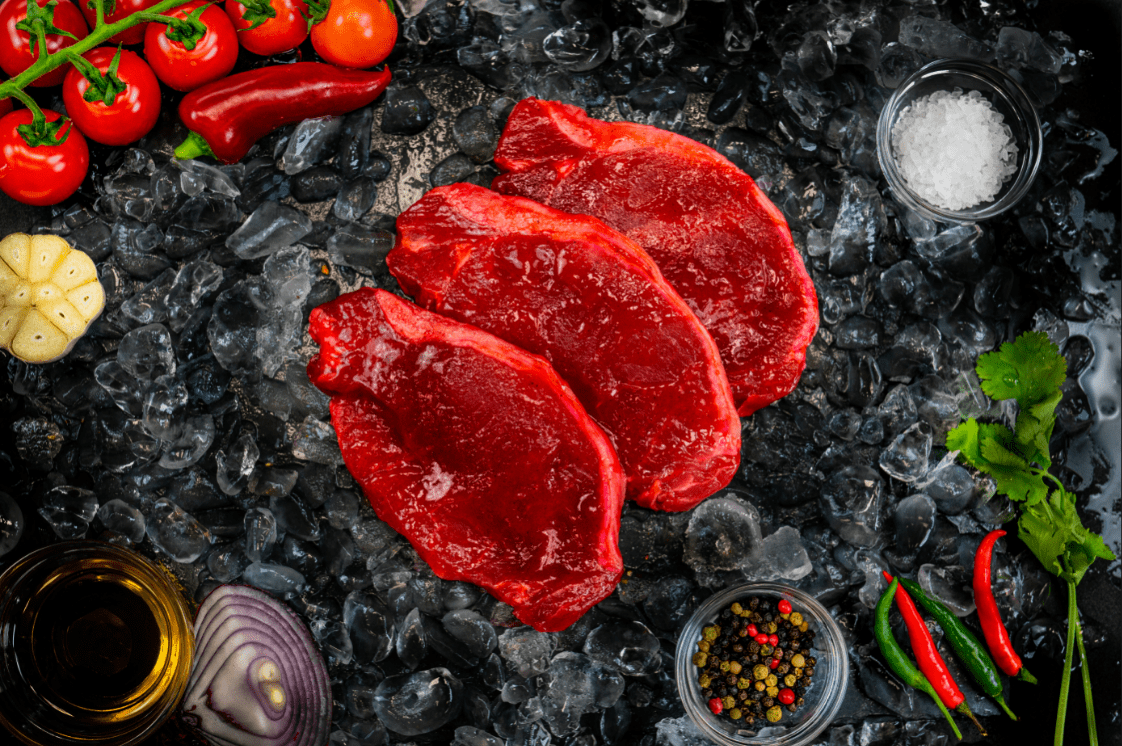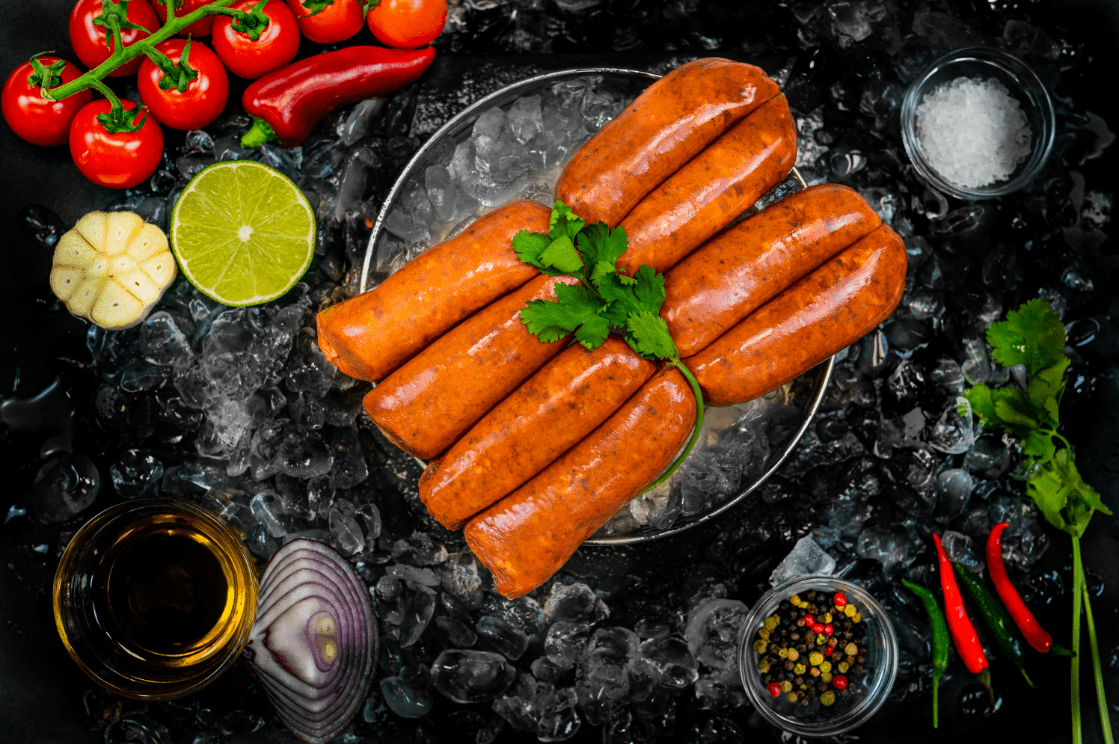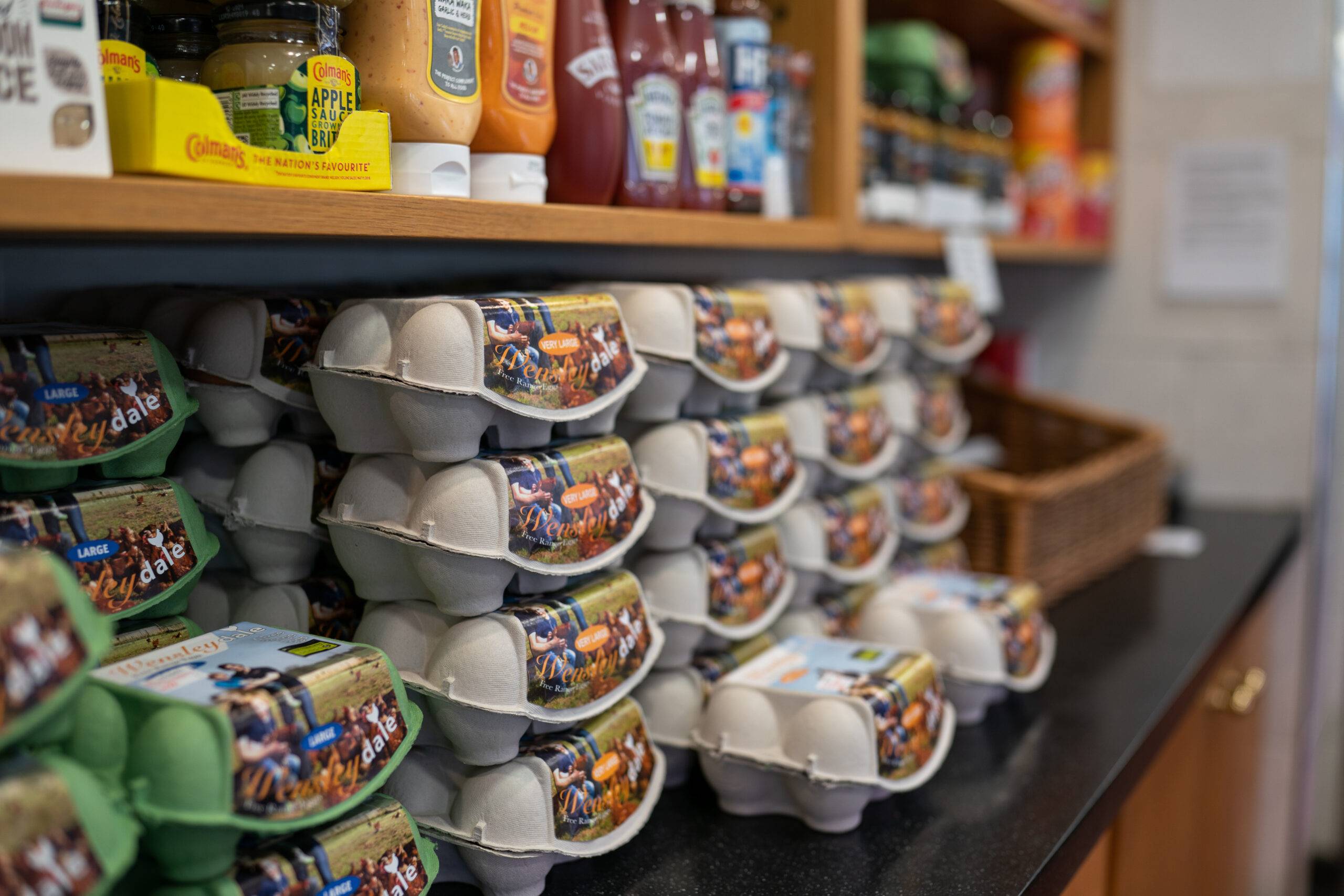Temperature, time and technique. The three T’s of BBQ. These might seem like very simple concepts but they make or break your barbecue. Poor planning is the downfall of so many barbecues. We’re not talking about what to eat, what to drink or who to invite. We mean what goes on the BBQ and what happens when it’s on there.
Just like any other form of cooking, different food needs different techniques and special care. You can’t just throw your food on a BBQ and expect it to taste great. Some meat, such as steaks and beef burgers need searing over high heat quickly. Whereas other meats such as pork and chicken require longer cooking times and more care.
So you need to consider the temperature of your BBQ, the time the meat is on there and the technique you use. These are known as the three T’s. So let’s take a look at each.
Temperature
Your temperature has a massive impact on your food. Obviously. But there’s a massive difference between having cooked food and having food that is cooked properly. This is where temperature comes into play.
You need to know what temperature your food is cooked at and when your BBQ is up to heat. Make sure you have enough fuel, be it charcoal or gas fueling the BBQ more fuel means more heat, if it’s too hot open the vents of the lid.
We recommend getting a digital thermometer to see how hot the BBQ is. When your BBQ is up to temperature and staying around there you can put your food on, just make sure to check the best temperature for your food beforehand and match it.
High heat is good for quick cooking foods like kebabs, and steaks since these benefit from fast cooking and frequent turning. The high heat adds colour to the outside and is more than enough to cook foods in a flash. High heat is around 230°C-350°C.
Medium-high heat is ideal for getting a medium-rare burger with a nice browned crust or a vegetable kebab with a tender interior. For medium-high heat aim for around 190°C-230. This way you can cook the interior of food without getting the outside scorched.
Medium heat is around 175°C. This is for meats that take a while to cook through like bone-in chicken. The moderate temperature will help the interior cook to be tender without burning the exterior.
Medium-Low Heat (around 160°C) is for foods that need gentler cooking like sausages and to bake whole potatoes. You don’t want to venture any cooler than this or you’ll be venturing into low and slow smoking territory.
Time
The second thing to consider when you’re barbecuing is timing. It’s all well and good getting the heat perfect but if you don’t have your food on for long enough or leave it for too long you are going to end up with underdone or overcooked food. There’s nothing worse than ruining a prime cut!
So when you’re cooking your food take into consideration timing, there are hundreds if not thousands of guides out there with conflicting information about different foods. The only way you can really learn is through experience. These guides might provide you with a rough idea about timing but not a definitive answer.
Just take what we previously mentioned about temperature into account, if something is being cooked at a high temperature it won’t take long to cook. Things that need longer to cook also cook at a lower temperature. These two go hand in hand.
Technique
The final T, technique. Your technique is just as much a part of barbecuing as the time and temperature. There are a host of tips available online but the technique will come over time with practice. After all, barbecuing is as much a skill as anything else. Here are some top tips for now:
- Don’t use a gas barbeque – most experts agree gas isn’t the way to go. Using wood chips and charcoal actually enhances the flavour. The smoke itself is an ingredient according to chef Valentine Warner.
- Use wood from different sources – Using wood from fruit trees as fuel can add a flavour of its own. Fruit woods are mild in flavour and high in sap. Just use whatever you can and experiment.
- Let the meat rest before eating – After removing your meat from the grill let it sit for a few minutes. This seals the juices in and keeps the meat from drying out. The juices are a key part of the flavour and letting the flavour escape is letting the flavour escape.
So there you have it, the three T’s of barbecuing. Take these into account when you next fire up the grill and you’ll be king of the BBQ. Summer is only around the corner so get yourself ready, it shouldn’t be long now.

